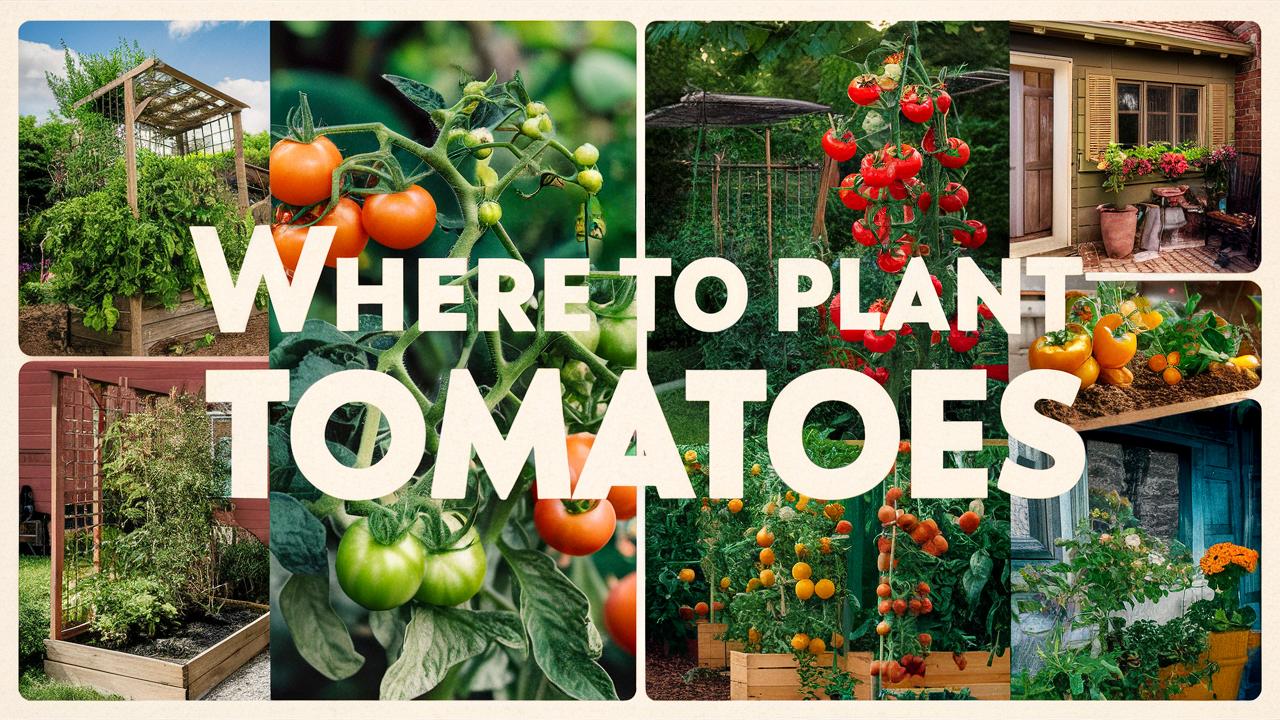In this extensive guide, we’ll explore the various factors to consider when deciding where to plant tomatoes, including sunlight requirements, soil conditions, and tips for maximizing your tomato yield this growing season.
Understanding Tomato Plant Needs
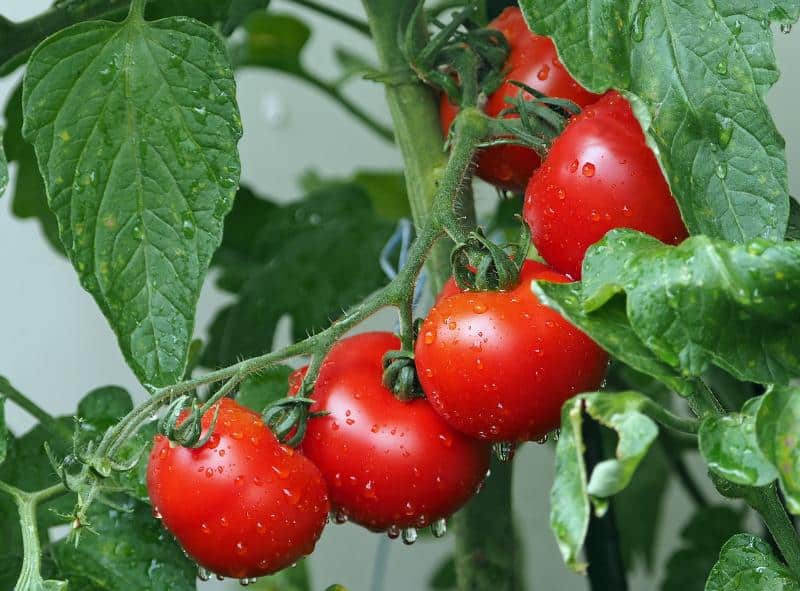
Before you dig into your garden plot, it is essential to have a solid understanding of what tomato plants require to thrive.
Sunlight: The Heart of Tomato Growth
Tomatoes are solar-loving plants; they thrive best in full sun, which is defined as receiving at least six to eight hours of direct sunlight each day. Locations with ample sunlight not only help tomatoes produce energy via photosynthesis but also promote healthy growth and fruit development.
Assess Sunlight Exposure: To identify the perfect sun exposure in your garden, observe how sunlight moves through different areas over the course of a day. Different types of structures, such as trees, fences, or buildings, can create shade that affects how much sun your tomatoes receive. If you notice that certain areas of your garden receive consistent sunlight from morning until evening, those spots are likely ideal for tomato planting.
Soil Quality: The Foundation of Healthy Plants
Equally crucial to sunlight is the soil in which tomatoes are planted. Tomatoes prefer well-drained, fertile soil with a pH range of 6.0 to 6.8. The health of the soil directly impacts how well the plants can absorb nutrients and water.
Soil Testing: Before planting tomatoes, consider conducting a soil test to determine its nutrients and pH levels. Many agricultural extension offices provide testing services. Based on the results, you may need to amend your soil with organic matter, such as compost or well-rotted manure, to improve its structure and nutrient content.
Water Drainage: Guarding Against Root Rot
Good drainage is essential for ensuring that tomato roots do not sit in waterlogged soil, which can lead to root rot and other fungal diseases. Tomatoes prefer consistently moist soil, but it must drain well.
Elevated Beds and Containers: If you’re planting in a location that retains too much moisture, consider raised beds or containers. These options allow for better control over soil drainage and can create an optimal rooting environment for tomato plants.
Choosing the Right Location
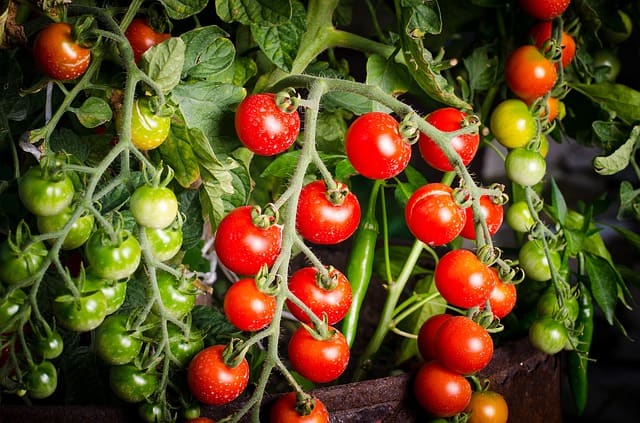
Once you have a solid understanding of the essential needs of your tomatoes, it’s time to discuss the specifics of selecting a location.
Garden Plot vs. Raised Beds
When deciding where to plant tomatoes, you will often face the choice between traditional garden plots and raised beds.
Garden Plots: Traditional garden plots can work wonderfully for tomato cultivation, provided the soil is well-draining and nutrient-rich. Ensure the location is free from competing plants and weeds that can siphon nutrients and moisture from the soil. Additionally, consider spacing between plants to promote airflow, which helps prevent fungal infections.
Raised Beds: Raised beds can be an excellent option for growing tomatoes, especially if your native soil is heavy clay or poor in organic matter. They offer enhanced drainage, can warm up faster in the spring, and create a more aesthetically pleasing garden structure.
The Microclimate Consideration
Each garden has its own microclimate, determined by factors like humidity, wind exposure, and temperature variations, which heavily influence plant growth.
Sheltered Areas: If possible, plant tomatoes near structures that can provide windbreaks, such as fences or walls. This protects the plants from wind stress, which can lead to issues like flower drop and reduced fruit set.
Temperature Variance: Steer clear of low-lying areas that are prone to frost and cooler temperatures, particularly in spring. Tomatoes are sensitive to frost, and even a light frost can damage young plants. Consider placing your tomatoes on slopes or elevated areas that are warmer and drier.
Companion Planting: Enhancing Tomato Growth
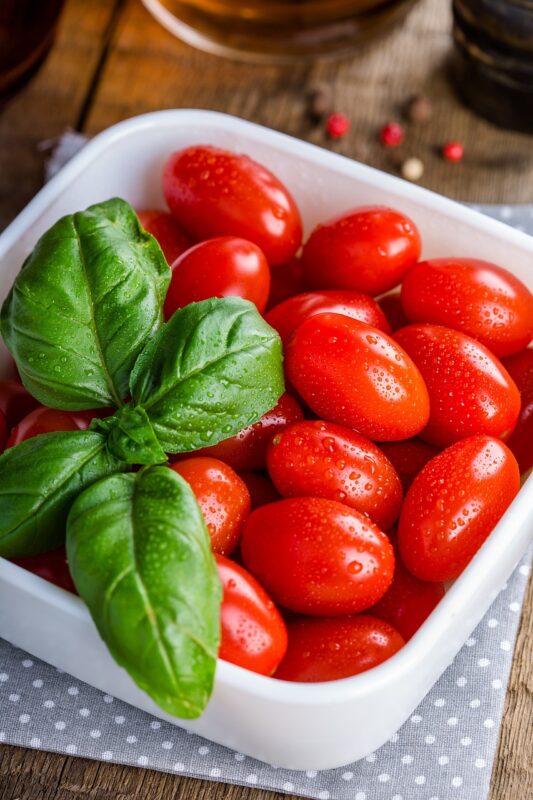
Another factor to consider when choosing where to plant tomatoes is the practice of companion planting. Certain plants can help improve the health and growth of your tomato plants when planted nearby.
Good Companions: Basil is a classic companion for tomatoes; it is said to enhance their flavor while also repelling pests like aphids and whiteflies. Marigolds are another excellent choice, keeping nematodes at bay while attracting beneficial insects.
Plants to Avoid: However, not all plants make good neighbors. Avoid planting tomatoes next to crops like corn and potatoes, which can compete for nutrients and space and may share diseases.
Container Gardening: Flexible Tomato Growing
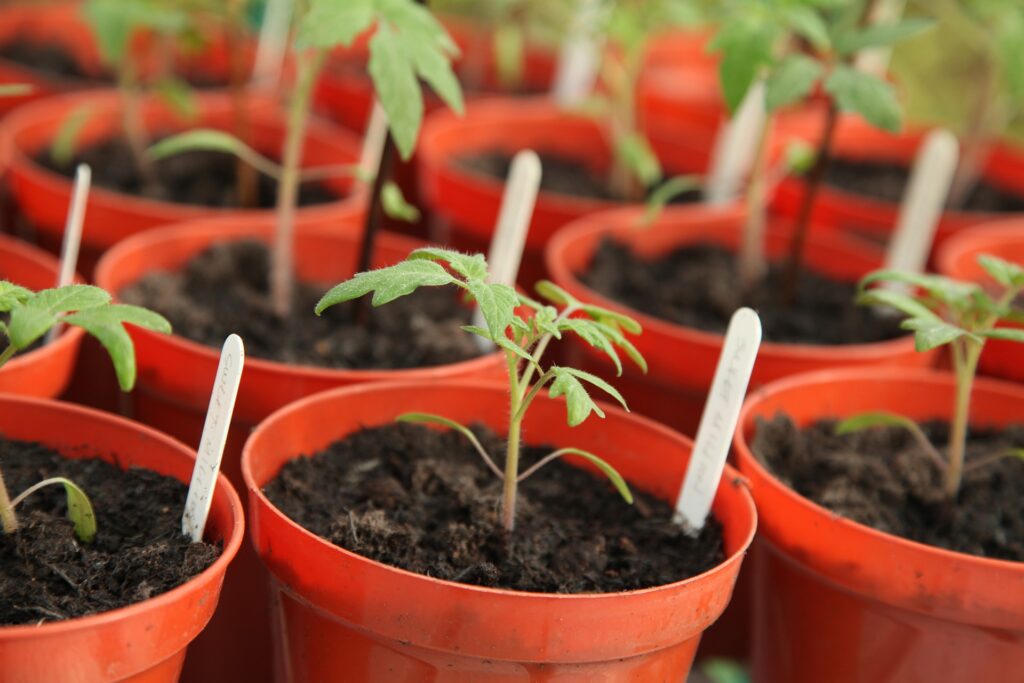
For those with limited space or poor soil conditions, container gardening offers a fantastic alternative for planting tomatoes.
Choosing the Right Containers: Opt for large containers (at least 5 gallons in size) for growing determinate or indeterminate tomato varieties. This will give the roots enough room to spread out and access necessary nutrients.
Location for Containers: When using containers, ensure they receive full sun. Place them somewhere easily accessible for regular watering and harvesting. Rolling containers or those with handles can be moved to capture the most sunlight and better protect the plants from extreme weather conditions.
Urban Gardening: Planting Tomatoes in Small Spaces
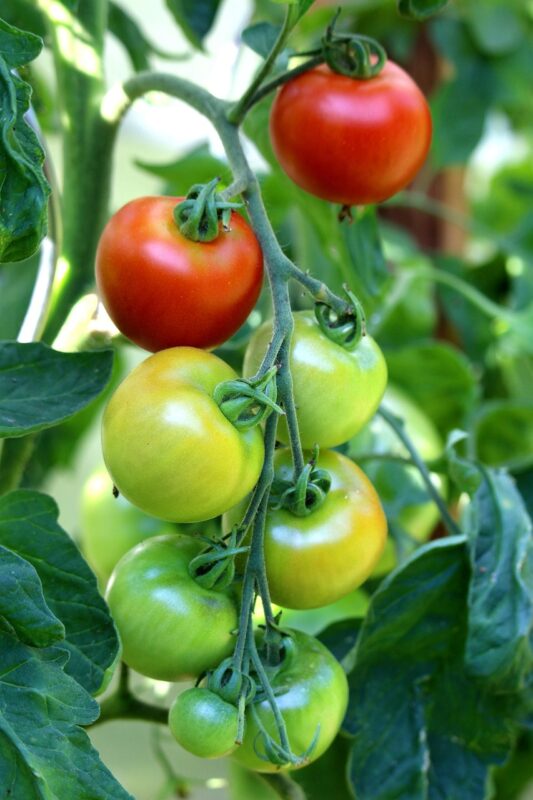
Urban gardening often presents unique challenges and opportunities for tomato cultivation.
Balcony and Rooftop Gardens: If you’re limited to a balcony or rooftop, select ultra-compact varietals, such as patio or container tomatoes, which are well-suited for small spaces. These varieties often require less sunlight and can flourish in the urban heat that accumulates in a city setting.
Community Gardens: Explore local community gardens where allotment space may be available to grow your tomatoes. Community gardens not only provide shared resources like soil and water but also a fantastic way to connect with fellow gardeners for support and advice.
Seasonal Considerations: Timing Your Planting
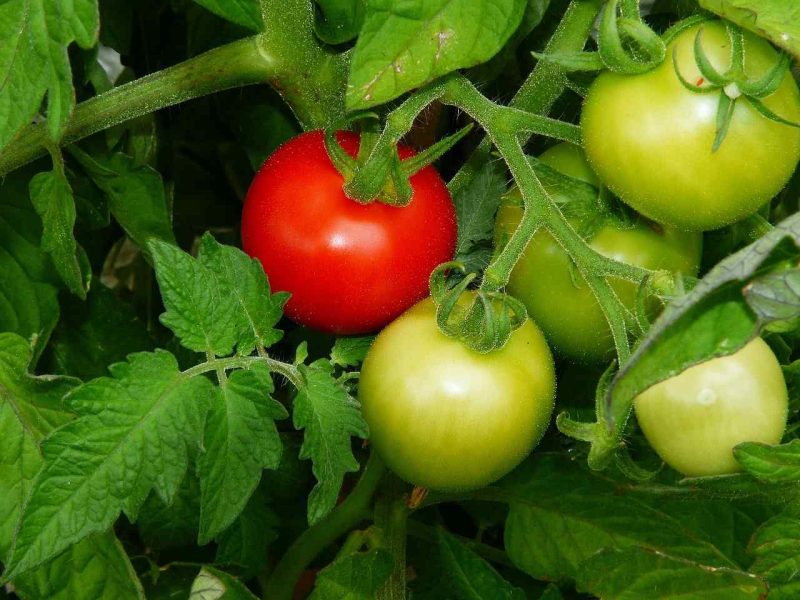
In addition to the initial location selection, seasonal timing plays a critical role in determining where to plant tomatoes.
Spring Planting: Getting a Jump on the Season
Timing is everything with tomato planting. Depending on your growing zone, aim to plant tomatoes outdoors after the last frost date in your area.
Start Indoors: Starting seeds indoors six to eight weeks before the last frost gives you a head start. When ready to transition them outdoors, slowly acclimate the seedlings to outdoor conditions over several days to reduce stress.
Summer Planting: Taking Advantage of Extended Warmth
If you’re in a warmer climate, the growing season can extend, allowing for multiple plantings throughout the Year.
Fall Tomatomatoes: Consider planting a second crop of tomatoes in mid-summer. As long as you have enough time before the first frost, you may harvest a bountiful fall crop.
Maintenance: Continued Care to Enhance Growth
Choosing the right planting location is fundamental, but ongoing care will make a substantial difference in your tomato plants’ growth and yield.
Watering Techniques: Finding the Balance
Watering is crucial for tomato health, especially during the hot summer months.
Drip Irrigation Systems: Invest in a drip irrigation system for consistent watering that keeps the moisture directly at the roots without wetting the foliage. This helps prevent common fungal diseases while ensuring deep-root growth.
Mulching: Protecting and Nourishing the Soil
Mulch serves as a protective layer for your tomato plants, helping to retain moisture, control weeds, and regulate soil temperature.
Types of Mulch: Organic mulch options like straw, wood chips, or grass clippings not only suppress weeds but also gradually decompose, enriching the soil as the season progresses.
Pests and Disease Management: Ensuring a Healthy Harvest
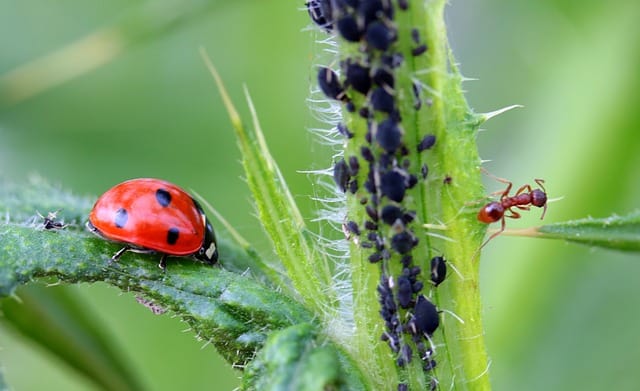
An appropriate planting location not only supports growth but also aids in the management of pests and diseases.
Observing Plant Health
Regularly monitor your plants for signs of stress or disease. Early intervention is essential for mitigating pest infestations or disease outbreaks.
Natural Remedies: If you spot aphids or whiteflies, consider using neem oil or insecticidal soap as organic treatment options that are safer for both your plants and beneficial insects.
Harvesting: Timing is Key for Delicious Fruit
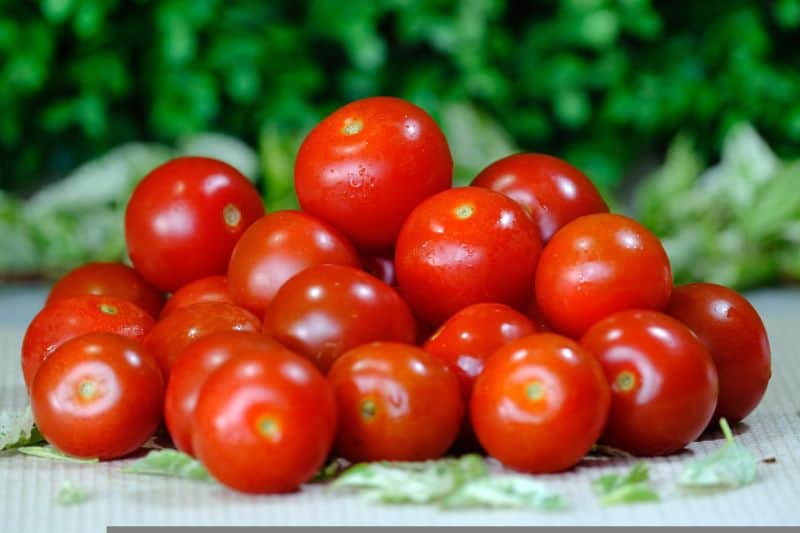
When it comes time to harvest, the location of your tomatoes can influence the harvest experience too.
Optimal Harvest Conditions
For the best flavor, tomatoes should be picked when they are fully ripe. Look for a rich color and slight softness when gently squeezed.
Morning Harvesting: Try to harvest in the morning when the air is cooler. This not only ensures a more enjoyable experience but also helps prevent the fruits from becoming overly warm.
Conclusion: Your Tomato Planting Journey
Choosing the right location for planting tomatoes is fundamental to cultivating a thriving garden. By understanding the requirements of tomato plants—sunlight, soil quality, and drainage—you can create an ideal environment for your crop to flourish.


